In the manufacturing and construction industries, the right materials can make or break a project. This principle is especially true for screws and fastener materials, which need to be reliable, durable, and fit for purpose. Understanding screw materials is a cornerstone of product selection. In this guide, we delve into the various materials used to manufacture screws and fasteners, highlighting their properties, advantages, and typical applications.
Table of Contents
Common Screw Materials
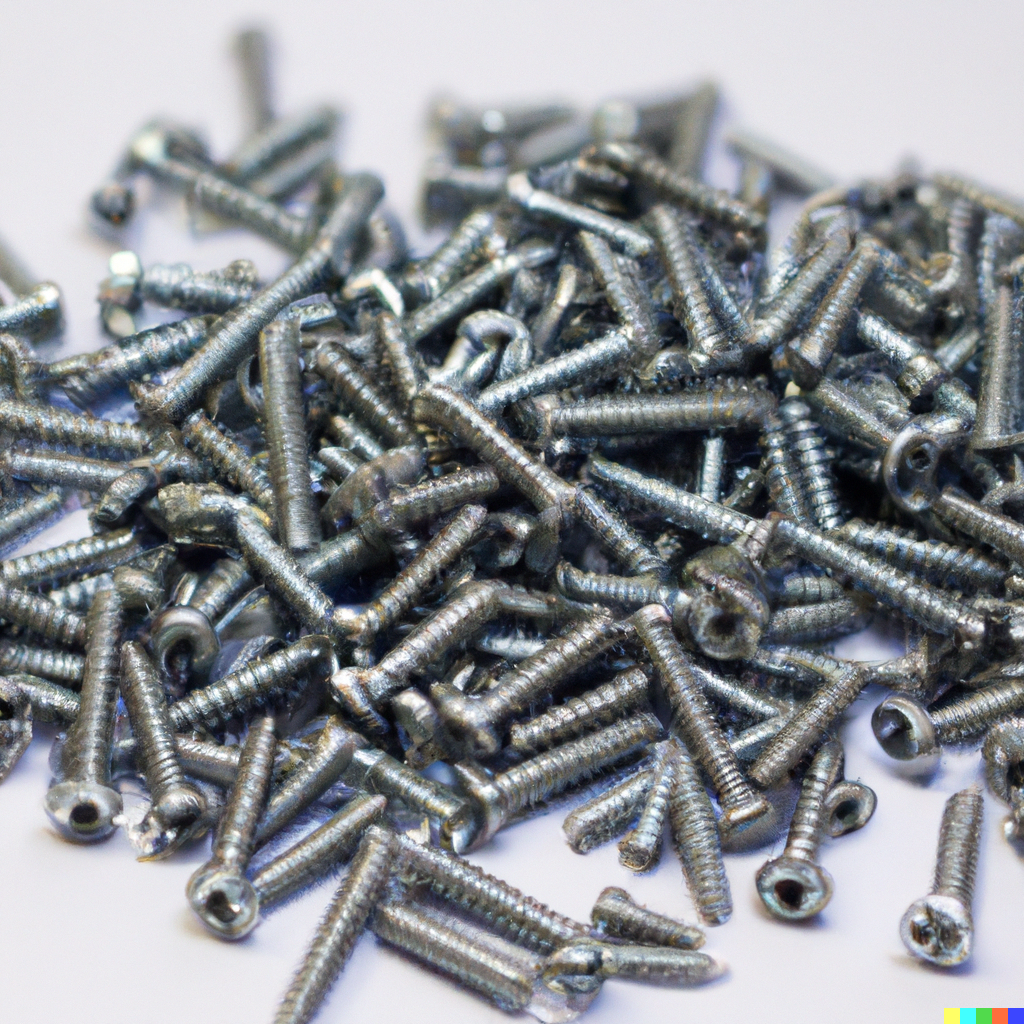
Carbon Steel Screws
The most commonly used material for screws is carbon steel. It is an affordable choice and offers moderate strength.
Carbon steel is the go-to material for many types of screws and fasteners, primarily due to its versatile range of properties and cost-effectiveness. Composed mainly of iron and carbon, this alloy offers a balanced amalgamation of durability and workability. While it may not have the corrosion resistance of stainless steel or the sheer strength of titanium, carbon steel strikes a comfortable middle ground that makes it suitable for a wide array of applications. It offers moderate strength, making it reliable for general-purpose fastening in construction, automotive, and some industrial settings. Additionally, carbon steel screws often come with various coatings or platings like zinc or galvanized finishes to improve their corrosion resistance. The adaptability and affordability of carbon steel make it a commonly used material in the fastener industry.
Stainless Steel Screws
Stainless steel stands as a remarkable material in the realm of screws and fasteners due to its inherent resistance to corrosion and rust. Comprising iron, chromium, nickel, and other elements, this alloy is specially engineered to withstand adverse conditions. What sets stainless steel apart from its carbon steel counterpart is the presence of a minimum of 10.5% chromium, which forms an invisible layer of chromium oxide on the surface, providing a shield against corrosive elements such as water and oxygen. This unique quality makes stainless steel an ideal choice for both indoor and outdoor applications, spanning from household appliances to marine and coastal installations.
Moreover, stainless steel screws are available in various grades and finishes, each offering different levels of corrosion resistance and mechanical properties. For example, Grade 316 stainless steel is highly resistant to saltwater corrosion, making it perfect for marine or high-saline environments. Its versatility also extends to aesthetic applications, as its bright finish offers a clean, polished appearance that is as functional as it is visually appealing. Given these attributes, it’s no surprise that stainless steel continues to be a preferred material for those seeking both durability and aesthetic value.
Brass Screws
Brass screws are a unique choice in the spectrum of fastener materials, notable primarily for their softer material properties. This softer quality, a result of the combination of copper and zinc that constitutes brass, lends itself exceptionally well to woodworking and other applications where the material being fastened is also relatively soft. Unlike harder metals that might split wood, brass screws can be inserted smoothly, reducing the risk of damaging the material.
The composition of brass also provides it with natural corrosion-resistant properties, although not to the same extent as stainless steel. This makes brass screws an appealing option for decorative elements or antique furniture restoration, where both the functionality and aesthetic appearance of the screw are important considerations. Additionally, brass offers excellent electrical conductivity, which makes it useful in electrical components.
Another advantage of brass screws is their compatibility with traditional manufacturing methods. They are easy to machine and can be produced with very fine threads for specialized applications. In summary, brass screws offer a blend of softness, corrosion resistance, and aesthetic appeal that makes them particularly well-suited for woodworking projects, electrical applications, and decorative installations.
Titanium Screws
Titanium sits at the pinnacle of screw materials when it comes to strength and durability, earning it the title of the strongest screw material available. Composed almost entirely of the transition metal titanium, often alloyed with small amounts of aluminum and vanadium, these screws offer unparalleled tensile strength and toughness. Titanium’s exceptional strength-to-weight ratio makes it not just strong but also surprisingly lightweight, offering significant advantages in applications where weight is a crucial factor, such as aerospace and high-performance automotive design.
However, the remarkable properties of titanium come at a price—literally. The cost of both raw titanium and the specialized manufacturing processes needed to work with it make titanium screws considerably more expensive than their steel or aluminum counterparts. Despite the high costs, the exceptional longevity and reliability of titanium often justify the investment, particularly in critical applications where failure is not an option.
Titanium screws are also highly resistant to corrosion, including resistance to saltwater and a variety of aggressive industrial and chemical environments. This property extends their applicability to marine settings, chemical plants, and medical implants, among other specialized uses. In medical contexts, the biocompatibility of titanium is especially valuable, as it is non-toxic and can be safely used in surgical implants.
In summary, while titanium screws may come with a higher price tag, their unparalleled strength, lightness, and durability often make them the material of choice for applications that demand the very best in terms of performance and reliability.
Aluminum Screws
Aluminum screws stand out in the fastener industry for their unique combination of lightweight characteristics and robust durability. Predominantly composed of aluminum, often alloyed with other elements like copper, manganese, or silicon, these screws offer a high strength-to-weight ratio that is especially prized in applications where every ounce matters. Because of these attributes, aluminum screws find their most prominent use in the aircraft and automotive industries, where weight reduction is often a primary design goal.
The lightweight nature of aluminum doesn’t compromise its structural integrity, as the material provides sufficient tensile strength for many demanding applications. Aluminum is also naturally resistant to corrosion, thanks to a protective oxide layer that forms when it is exposed to air. This corrosion resistance is particularly useful in environments where screws are exposed to weathering but where the absolute strength of titanium or steel is not necessary.
Furthermore, aluminum is a highly workable material, meaning it can be machined into various shapes and thread patterns, allowing for customization to meet specific industry standards or design requirements. Aluminum screws can also be anodized, a surface treatment that not only enhances their corrosion resistance but also offers a variety of color options for both aesthetic and coding purposes.
Additionally, aluminum’s natural thermal and electrical conductivity make it a popular choice in electronic applications, where rapid heat dissipation is required. In short, aluminum screws offer a multitude of advantages including low weight, decent strength, and corrosion resistance, making them a staple in sectors like aerospace and automotive engineering, as well as electronics.
Fastener Materials & Grades
In the steel category, grading systems like SAE and ASTM are used to specify the material’s strength. A 10.9 screw material, for example, signifies very high tensile strength.
Steel Grading Systems: SAE, ASTM, and 10.9 Material
In the world of steel fasteners, it’s critical to understand the nuances of material strength, and that’s where grading systems like the Society of Automotive Engineers (SAE) and the American Society for Testing and Materials (ASTM) come into play. These grading systems provide valuable information on the mechanical properties of the steel used in screws, enabling engineers, architects, and other professionals to make informed decisions tailored to specific applications. These grading systems often involve a range of numbers or alphanumeric codes, each representing different levels of tensile strength, yield strength, and other mechanical properties.
One noteworthy example within these grading systems is the classification of a screw material as “10.9.” A 10.9-rated screw indicates a very high level of tensile strength, which is the maximum stress the material can endure before failure. In practical terms, this means that 10.9 screws are suited for applications requiring extreme durability and resistance to mechanical stresses, such as heavy machinery, bridge construction, or automotive applications where safety and structural integrity are paramount.
Understanding these grading systems is not merely an academic exercise; it has significant real-world implications. Choosing the right grade of steel can drastically affect the lifespan and safety of a construction project or mechanical assembly. It’s for this reason that professionals pay close attention to steel grades, scrutinizing their choices to match the precise needs of their applications.
In summary, the SAE and ASTM grading systems act as a compass for professionals navigating the complex landscape of steel materials. From everyday construction to specialized engineering projects, these grades, such as the high-strength 10.9 material, provide a standardized way to ensure material suitability and project success.
Material Selection for Specialized Applications
Medical Screw Material
In medical applications, bioabsorbable screws made of polymers are commonly used as they dissolve in the body over time.
Bioabsorbable Screws in Medical Applications
In the specialized field of medical applications, bioabsorbable screws have emerged as a groundbreaking option, particularly in the areas of orthopedic and dental surgery. Unlike traditional metal screws, these screws are made of biodegradable polymers, such as polylactic acid (PLA) or polyglycolic acid (PGA), that have been carefully engineered to dissolve within the body over a predetermined period. This means that as the tissue or bone heals, the material of the screw gradually disintegrates, thereby eliminating the need for a secondary surgery to remove the hardware.
This property of bioabsorbable screws is not only convenient but also carries tangible medical benefits. For instance, the dissolution of the screw material minimizes the risk of long-term complications associated with metal hardware, such as metal toxicity or allergic reactions. Additionally, because these screws are absorbed into the body, they reduce post-surgical imaging artifacts, thereby allowing for clearer radiological assessments during the recovery period.
Moreover, the polymers used in bioabsorbable screws can be tailored to suit specific dissolution rates and mechanical properties, providing physicians with a range of options to fit the unique needs of each patient and the specific medical procedure at hand. For example, in load-bearing areas, screws may be designed to maintain their structural integrity for a longer period before starting to degrade.
In summary, bioabsorbable screws have revolutionized certain medical applications by offering a safer, more convenient alternative to traditional metal screws. Their capacity to dissolve within the body brings both short-term and long-term advantages, from negating the need for additional surgeries to reducing complications, making them an increasingly popular choice among medical professionals for specific applications.
Lead Screw Material
The material of a lead screw and its corresponding nut can vary, but acetal resins and bronze are frequent choices for the nuts.
Material Choices for Lead Screws and Corresponding Nuts
In mechanical systems where precision and efficiency are paramount, the material selection for lead screws and their corresponding nuts becomes an integral aspect of the design process. While lead screws can be crafted from a variety of materials such as stainless steel, carbon steel, or even specialized alloys, the material choices for their accompanying nuts often garner equal attention. Commonly, designers opt for acetal resins or bronze when selecting the material for these nuts.
Acetal resins are synthetic polymers known for their excellent wear resistance and low friction coefficients. These properties make them an excellent choice for applications requiring smooth and efficient linear motion, such as in computer numerical control (CNC) machines or automated assembly lines. The low friction also means less wear on the lead screw, thereby extending the overall lifespan of the assembly.
Bronze, on the other hand, is an alloy primarily composed of copper, often mixed with tin, which offers its own set of advantages. It is highly valued for its mechanical properties, including high tensile strength and superior resistance to wear and corrosion. Bronze nuts are particularly well-suited for applications involving high loads or extreme temperatures, such as in industrial machinery or automotive assemblies.
What makes the material selection particularly compelling is the symbiotic relationship between the lead screw and its nut. The materials must be compatible to minimize friction, maximize efficiency, and prolong the operational lifespan of the assembly. Compatibility considerations extend beyond simple material pairings to include factors like heat expansion coefficients and lubrication requirements.
In summary, the choice of material for lead screws and their corresponding nuts is a nuanced decision that hinges on various factors such as application requirements, load-bearing capabilities, and environmental conditions. Whether it’s the low-friction nature of acetal resins or the robust strength of bronze, each material brings its unique set of advantages to the table, and their effective pairing can significantly impact the performance and longevity of the mechanical system in which they are used.
Ball Screw Material
High-grade alloy steel is commonly chosen for ball screws due to its ability to withstand high levels of mechanical stress.
The Role of High-Grade Alloy Steel in Ball Screw Applications
When it comes to the design and manufacturing of ball screws, which are integral components in a myriad of precision applications ranging from robotics to aerospace systems, the material selection becomes a critical aspect. High-grade alloy steel stands out as a popular choice in this realm, and for compelling reasons. This type of steel is engineered to possess specific mechanical properties that make it particularly well-suited for handling extreme levels of mechanical stress.
High-grade alloy steel is an amalgamation of iron, carbon, and other alloying elements such as chromium, molybdenum, or nickel. This unique composition gives the material a balanced profile of strength, toughness, and wear resistance. As a result, ball screws made from high-grade alloy steel are exceptionally durable and can maintain their structural integrity even under intense forces, high rotational speeds, or fluctuating temperatures.
The adoption of high-grade alloy steel for ball screws is not just a matter of material strength; it also influences the efficiency and longevity of the entire mechanical assembly. Because these ball screws often operate under high-speed, high-load conditions, any material inadequacy can lead to premature wear, reduced performance, or even catastrophic failure. By using high-grade alloy steel, engineers and designers can substantially mitigate these risks.
Further, the resilience of this material to corrosive environments extends its applicability to industrial settings where exposure to harsh chemicals or extreme climatic conditions might be a concern. Its corrosion resistance also reduces the need for frequent maintenance, thereby lowering the overall operational costs.
In summary, the choice of high-grade alloy steel for ball screws is informed by a combination of factors—strength, durability, efficiency, and even cost-effectiveness. This carefully engineered material not only meets but often exceeds the stringent demands of high-stress, high-performance applications, cementing its status as the go-to material for ball screws in diverse industries.
Surgical Screws
Surgical screws are often made of titanium or surgical steel, as these materials are both strong and biocompatible.
Material Considerations for Surgical Screws: Titanium and Surgical Steel
In the highly specialized field of medical surgery, where precision, strength, and biocompatibility are of utmost importance, the materials chosen for surgical screws are rigorously scrutinized. Titanium and surgical steel are the two most commonly used materials in this context, each offering its unique set of attributes that make them ideal for medical applications.
Titanium is renowned for its strength-to-weight ratio, meaning that despite its lightweight characteristics, it maintains remarkable tensile strength. This material is particularly advantageous for surgeries requiring the implantation of screws into weight-sensitive areas, such as the spine or facial bones. Additionally, titanium is highly resistant to corrosion, ensuring longevity and reducing the risk of complications arising from material degradation over time.
Surgical steel, on the other hand, is another viable option and is especially noted for its durability and strength. While slightly heavier than titanium, it offers exceptional resistance to wear, making it a good choice for applications that may be subject to significant mechanical stress, such as joint replacements or bone fractures that require reinforced support.
Both titanium and surgical steel share an invaluable property: biocompatibility. In a medical context, biocompatibility refers to the material’s ability to coexist with biological tissue without causing an immune reaction or inflammation. This is crucial because the screws often remain implanted for extended periods, and any adverse reaction could lead to complications like infection, tissue necrosis, or other medical issues.
The choice between titanium and surgical steel often depends on several factors including the specific surgical procedure, patient medical history, and any potential allergies or sensitivities to metals. Surgeons may also consider factors like the need for post-operative imaging; titanium, being non-ferrous, is MRI-compatible, whereas surgical steel may cause artifacts in magnetic resonance imaging.
In summary, the material selection for surgical screws is a critical decision influenced by a blend of mechanical properties, biocompatibility, and the specific needs of the surgical procedure. Whether it’s the lightweight and strong characteristics of titanium or the robustness and durability of surgical steel, the choice of material plays a significant role in the success and safety of surgical interventions.
Strength and Durability Factors
The durability of a screw material can be quantified through tests that measure tensile strength, yield strength, and shear strength. Material strength is especially vital in applications like automotive and construction.
Measuring the Durability of Screw Material: A Deep Dive into Material Strength Tests
In the complex world of screw and fastener materials, the question of durability is not one to be taken lightly. Durability is a multifaceted attribute that can be quantified through a series of rigorous tests aimed at measuring tensile strength, yield strength, and shear strength. Each of these attributes provides valuable insights into how the material will perform under various forms of mechanical stress.
Tensile strength refers to the material’s ability to resist breaking under tension, providing an indication of how well the screw can handle being pulled apart lengthwise. Yield strength, on the other hand, measures the material’s resilience when a deforming force is applied. In simpler terms, it represents the point at which the material begins to deform permanently. Shear strength assesses how the material can withstand forces that try to slide one layer of the material over another, which is crucial when screws are being used to fasten layers of materials together.
Understanding these strength attributes is of paramount importance in sectors like automotive manufacturing and construction, where the integrity of materials could be the difference between safe, efficient performance and catastrophic failure. In the automotive industry, for example, screws are subjected to high levels of vibrational stress, temperature fluctuations, and sometimes even corrosive substances. The selection of a screw material with the appropriate tensile, yield, and shear strength is thus essential for ensuring long-term reliability and safety.
Similarly, in construction applications, screws are often used to bear heavy loads, secure structural elements, or fasten materials in high-stress areas like load-bearing walls or support beams. The durability and strength of the screw material are non-negotiable factors here, especially when considering long-term exposure to environmental elements such as moisture, heat, and cold. An inappropriate material selection could result in anything from reduced lifespan of the structure to serious safety hazards.
To sum it up, material strength is not a one-size-fits-all concept but needs to be carefully evaluated through tests that measure tensile strength, yield strength, and shear strength. This evaluation is especially critical in high-stakes applications like automotive and construction, where the choice of screw material can have far-reaching implications on both performance and safety.
Understanding Material Specifications
Several material properties like tensile strength, hardness, and resistance are outlined in a fastener’s material specifications. For instance, socket head cap screw material specifications might include ANSI standards.
The Importance of Material Specifications in Fasteners: More Than Just Numbers
In the complex realm of fasteners, understanding material properties is a critical part of choosing the right component for the job. A fastener’s material specifications are like its resume, outlining critical details about tensile strength, hardness, and resistance to various forces or environmental conditions. But these specifications are more than just numbers; they are carefully derived attributes that provide insights into the fastener’s suitability for specific applications.
Tensile strength, for instance, is a measurement of the maximum amount of tensile stress that a material can endure before failure. It’s crucial for applications where the fastener will be subjected to axial or longitudinal stress. Hardness denotes the material’s resistance to deformation and wear, which is vital in applications that require durability over long periods or under high friction.
Resistance can be a more complex attribute as it can relate to various types of resistance—such as corrosion resistance, heat resistance, or even resistance to ultraviolet exposure. This property is often crucial in outdoor applications or environments where the fastener may be exposed to corrosive chemicals or extreme temperatures.
These material properties are usually outlined in a fastener’s material specifications, often aligned with industry standards. For example, socket head cap screws may adhere to ANSI (American National Standards Institute) standards, which set specific guidelines for dimensions, mechanical properties, and other key attributes. These standards ensure uniformity, making it easier for engineers and professionals to specify fasteners that meet their project’s rigorous demands. It also allows for a more seamless comparison between different brands or types of fasteners, helping to ensure that the chosen component is truly the best fit for the application at hand.
So, the next time you come across a fastener’s material specifications, remember that these figures are the result of extensive testing and validation, designed to provide you with a comprehensive understanding of the fastener’s capabilities. Whether it’s adhering to ANSI standards or another globally recognized set of guidelines, these specifications serve as a crucial decision-making tool in selecting the most appropriate fastener for your specific needs.
Material Considerations for Outdoor Use
When it comes to selecting the ideal screw material for outdoor applications, one must consider a plethora of factors that extend beyond just strength and durability. At the forefront of these considerations is the material’s ability to resist corrosion—a crucial attribute, given that outdoor screws are frequently exposed to a variety of environmental conditions, including rain, snow, and even saltwater in coastal regions.
Corrosion resistance isn’t just a luxury; it’s a necessity. The cost of replacing corroded screws—not to mention the damage a failed screw could cause to the overall structure—can be significant. This is why materials like stainless steel are often at the top of the recommendation list for outdoor applications. Stainless steel screws offer excellent resistance to corrosion, thanks to the presence of chromium, which forms a protective oxide layer on the surface. This layer shields the material from the corrosive effects of oxygen and moisture, ensuring a longer lifespan for your outdoor projects.
Coated steel screws are another viable option, offering a layer of protection that can range from simple zinc coatings to more complex polymer coatings. These coatings act as a barrier, preventing water and oxygen from reaching the steel and triggering the corrosive process. While coated screws may not offer the same level of corrosion resistance as stainless steel, they can still be an effective solution for less extreme outdoor environments, and they often come at a lower price point, making them a cost-effective choice.
In summary, when selecting screws for outdoor use, corrosion resistance is a key factor that should not be overlooked. However, it’s equally important to consider the specific environmental conditions to which the screws will be exposed. Factors like humidity levels, proximity to saltwater, and even local wildlife can all have an impact on the best material choice. By taking a holistic approach to material selection—considering not just corrosion resistance, but also strength, durability, and environmental factors—you can ensure that your outdoor projects stand the test of time.
Conclusion
Material selection is crucial when choosing screws and fasteners. The appropriate material ensures not just the longevity of the fastener, but also the success of the entire project. As technologies advance, the range of materials, from machine screw materials to specialized screws like those for dental implants, continues to expand. It’s vital to stay updated with the latest developments to make informed choices for your specific applications.
Feel free to share this article with professionals and enthusiasts alike, and don’t forget to subscribe for more in-depth guides and articles.
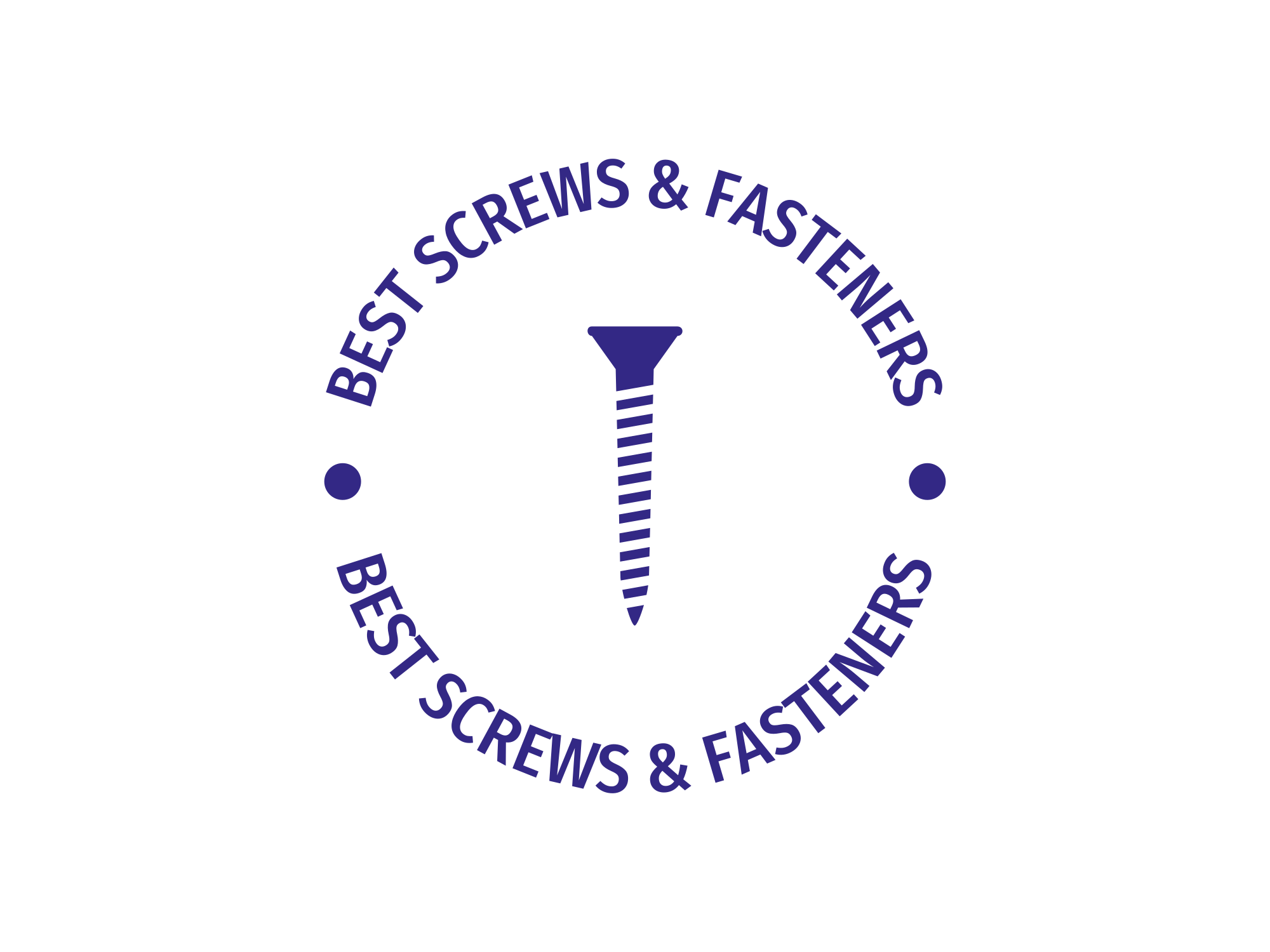
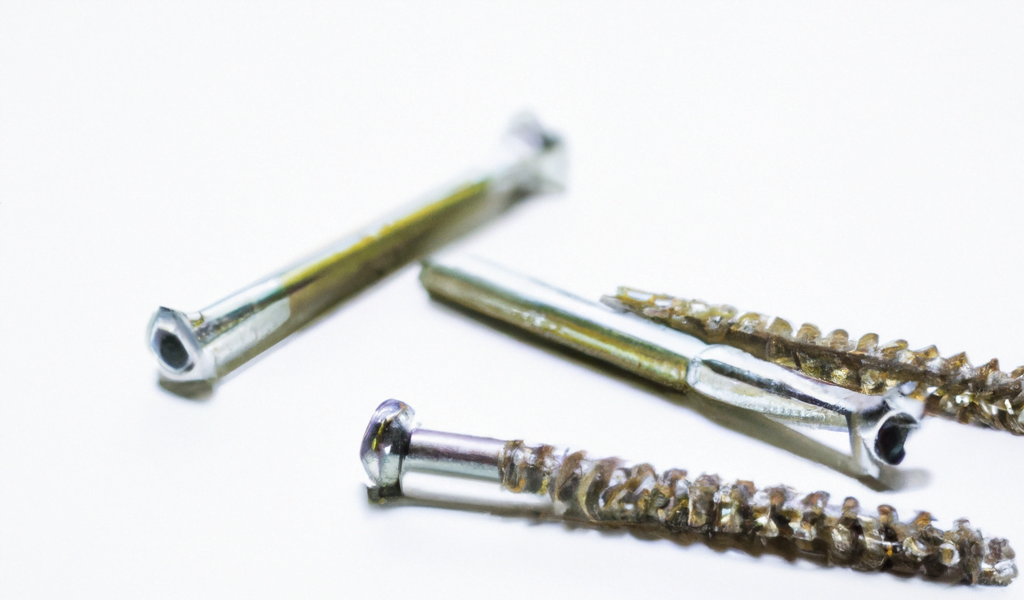
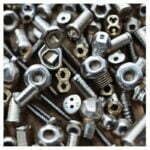
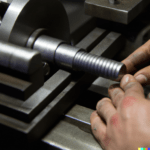

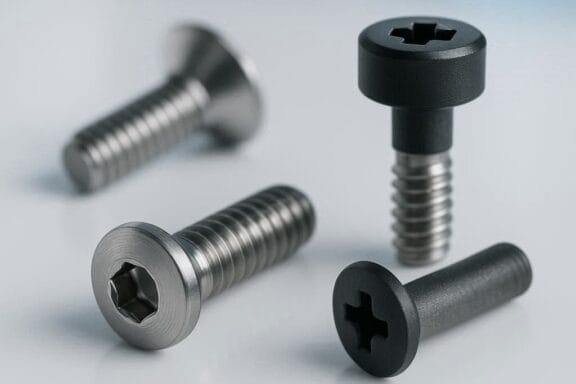
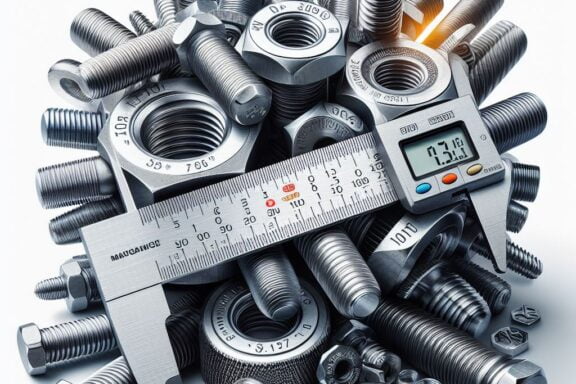
1 Comment